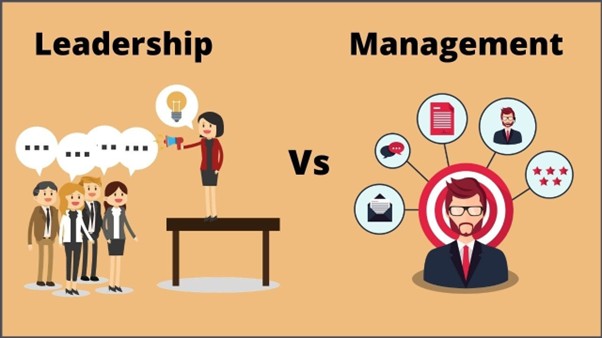When running a sales team, there’s a big difference between managing and leading. Too often, sales managers fall into the trap of thinking that their role is about checking boxes—reviewing numbers, updating reports, and making sure tasks are completed. While these things are important, they only scratch the surface of what it takes to build a high-performing sales team.
At KONA Training, we’ve seen it time and again: the best sales managers are actually sales leaders. And the difference matters—because leadership inspires, motivates, and transforms a team into something far more powerful than just a group of people hitting quotas.
So, are you managing your sales team or leading it? Let’s break it down.

Managing a Sales Team
Management often comes down to control and oversight. A manager’s focus is on processes, compliance, and outcomes.
If you’re managing, you might find yourself spending most of your time on:
• Monitoring activity levels: How many calls, meetings, or proposals did the team complete?
• Tracking KPIs and sales numbers.
• Making sure processes and CRM systems are followed.
• Reporting up the chain about progress and results.
• Putting out fires when problems arise.
This type of work is necessary, but if it’s all you do, your team can quickly feel like they’re just cogs in a machine. They’ll follow orders, but they won’t go the extra mile. They’ll hit targets (if pushed hard enough), but they won’t grow in capability, confidence, or resilience.
Leading a Sales Team
Leadership, on the other hand, is about vision, inspiration, and empowerment. Leaders create an environment where salespeople want to succeed—not just because they have to, but because they’re genuinely motivated and believe in the mission.
At KONA Training, we define sales leadership as the ability to:
- Inspire a shared vision. Instead of just telling the team to hit $1 million this quarter, a leader paints a bigger picture of what that success means for the company, customers, and the team’s own growth.
- Coach, don’t command. Leaders spend time developing their people, providing feedback, and helping them improve their skills rather than just giving instructions.
- Empower decision-making. Instead of micromanaging, leaders trust their team to make smart choices. This builds ownership and accountability.
- Model resilience and positivity. When times are tough (and they always get tough in sales), leaders stay calm, focused, and solution-oriented—setting the tone for the whole team.
- Celebrate wins and learn from losses. Leaders make sure their people feel valued and supported, even when deals don’t go the right way.
When you lead instead of just manage, your sales team becomes more than a group of individuals chasing numbers. They become a motivated, resilient, and adaptable force that can consistently deliver results—even in challenging markets.

Why the Difference Matters
The truth is, you can hit short-term targets by managing. But you’ll never build long-term success without leading.
A managed team might deliver results because they’re told to. A led team delivers results because they want to. And that difference shows up in:
• Higher engagement and motivation.
• Lower turnover (salespeople stay where they feel inspired and supported).
• Stronger customer relationships (because a motivated salesperson serves customers better).
• More consistent performance.
At KONA Training, we’ve worked with countless organisations where the shift from managing to leading has been a complete game-changer. Salespeople who once just did the minimum suddenly started taking ownership, becoming proactive, and driving results well beyond expectations.
How to Make the Shift
If you’re wondering whether you’re more of a manager than a leader, here’s the good news: leadership can be learned. It’s not about personality—it’s about skills, mindset, and habits.
Here are a few starting points we teach at KONA Training:
• Ask more questions than you give instructions. Coaching is about helping your team find answers, not just telling them what to do.
• Focus on development, not just results. Invest in your people’s growth. Teach them how to think, not just what to say.
• Communicate the “why.” People are far more motivated when they understand the bigger picture.
• Lead by example. Show the work ethic, resilience, and positivity you want your team to model.

Managing a sales team might keep the wheels turning, but leading a sales team will take you places. Leadership is what transforms good teams into great ones, and average salespeople into top performers.
If you’re ready to move from managing to leading, KONA Training can help. We specialise in Sales Management Training tailored to your organisation’s needs, giving you the tools, strategies, and confidence to lead your team to lasting success.
Contact KONA Training today and take the first step toward becoming the leader your sales team deserves.
Call 1300 611 288 or Email info@kona.com.au to get started.
Author – Garret Norris – https://www.linkedin.com/in/garretnorris/










































































































